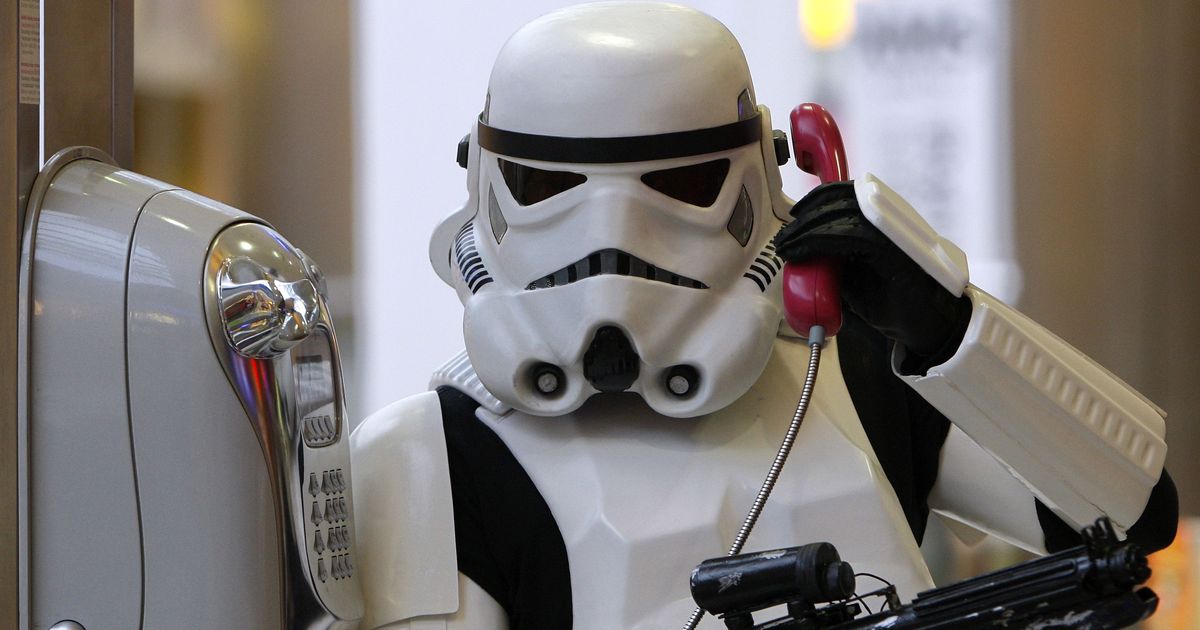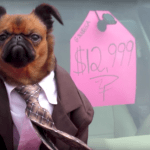
I was always interested in milestones and records, as was my father. He mentioned one day that a film called Jaws had earned more money than any previous release. A few months later, I referred to Jaws, and he told me its spot had been taken over by a new box office champion called Star Wars. George Lucas’s space odyssey had been released a few months before that exchange (and exactly 40 years ago on Thursday) but was taking its time getting to India. In the age before VHS, a late release made no difference to a movie’s prospects.
When it was released the following year, the entry price at Bombay’s Sterling cinema was, if I recall correctly, Rs 7.70, making it the most expensive ticket in Bombay, and therefore the country. Luke Skywalker instantly became my hero. I barely noticed Han Solo; he didn’t have any Jedi powers, after all. Chewbacca was more interesting. My sister and I replayed Chewy’s scenes back home, trying to replicate his grunts and yelps. She was better at it than I, or ought to have been since she went on to become an actress.
Even my eight year-old self found some aspects of the film ridiculous. Like the armour of the stormtroopers, which protected them from absolutely nothing. The way they fell in scene after scene, they might as well have been battling in their underclothes. I haven’t come across any group of warriors as incompetent as the Empire’s white-clad soldiery. But the lightsabers were cool, as was Obi Wan Kenobi’s mysterious disappearance, leaving his empty cloak to float to the ground. How did they do that?
Archetypal heroes
The arc of the Star Wars story, I later realised, was drawn from archetypal hero myths, which George Lucas learned about from the books of Joseph Campbell. That secret sauce had been employed before by JRR Tolkein and would be used later by JK Rowling. Consider the parallels between them. The hero an orphan, brought up in an unimportant corner of the world. This is true of Bilbo and Frodo Baggins from The Hobbit and Lord of the Rings, Harry Potter, and Luke Skywalker (who is raised by foster parents because his father has, rather inconsiderately, turned into Darth Vader).
The orphan theme is almost universal among heroes and superheroes in novels and comic books. Off the top of my head, I can place in the orphan category Tarzan, Batman and Robin, Superman, Spiderman, Daredevil, Rey and Finn from the latest Star Wars iteration (as well as a much older Finn, Huckleberry, and his companion Tom Sawyer, though they are not heroes in the same fashion), James Bond, Mowgli, Daenerys Targaryen, and both Amarendra and Sivudu from Baahubali.
Once the hero becomes aware of his mission, he is caught up in a battle between good and evil, the light side and the dark side, the latter represented by Sauron, Darth Sidious and Voldemort. He has a special connection with the villain of the piece (Frodo when he wears the ring, Harry through his aching scar, and Luke through the telepathic power of the Force). A superweapon has been created, control of which offers mastery to its owner: the ring, the Death Star, and the Deathly Hallows. The destruction of the Death Star, requiring a precision drop in hostile ground reached after evading enemy forces, parallels that of the ring in Mount Doom. I could go on, but others have explored these resemblances thoroughly.
The dark side
The old myths obviously still work. Star Wars and Harry Potter hooked new generations of viewers and readers using the same themes Tolkein had done. Having been among those hooked early, a part of me likes the Star Wars series immensely. I’ve watched all the movies, and seen the original trilogy a number of times on the big screen as well as on video, most memorably as an all-night marathon viewing with a bunch of friends in the graduate common room of my college. There’s another part of me, however, which recognises the movies as the end of a valuable kind of cinema: films that were complex, dramatic, well-written and well-acted, yet reached an extraordinarily wide audience. If you want to know the sort of films I’m talking of, think of the three that broke the box office in the years preceding the release of Lucas’s epic: The Sting, The Godfather and Jaws. Each was entirely different from the other, each offered the players scope to construct rounded characters, and one is among the greatest movies ever made.
In contrast with those hits, the Star Wars films had the most rudimentary dialogue (Alec Guinness bitched about it in letters home), placed their trust in terrible actors (there’s a reason Mark Hammill, Carrie Fisher and Hayden Christensen never had another noteworthy role), and defeated most of the good actors who happened to get cast (Samuel Jackson, Ewan McGregor and Oscar Isaac among them). The first film in the series kicked off an era, extending to the present day, in which special effects replaced skillful writing and acting at the centre of Hollywood blockbusters. The industry became a machine cranking out mind-numbing action, endless sequels, spin-off products and merchandise.
Forty years ago, millions of film-lovers crowded theatres to watch the triumph of the small guy against the massed forces of tyranny. Looking back on that moment, Star Wars seems less like an insurgent rebel than the Empire’s Death Star.
[“Source-ndtv”]





